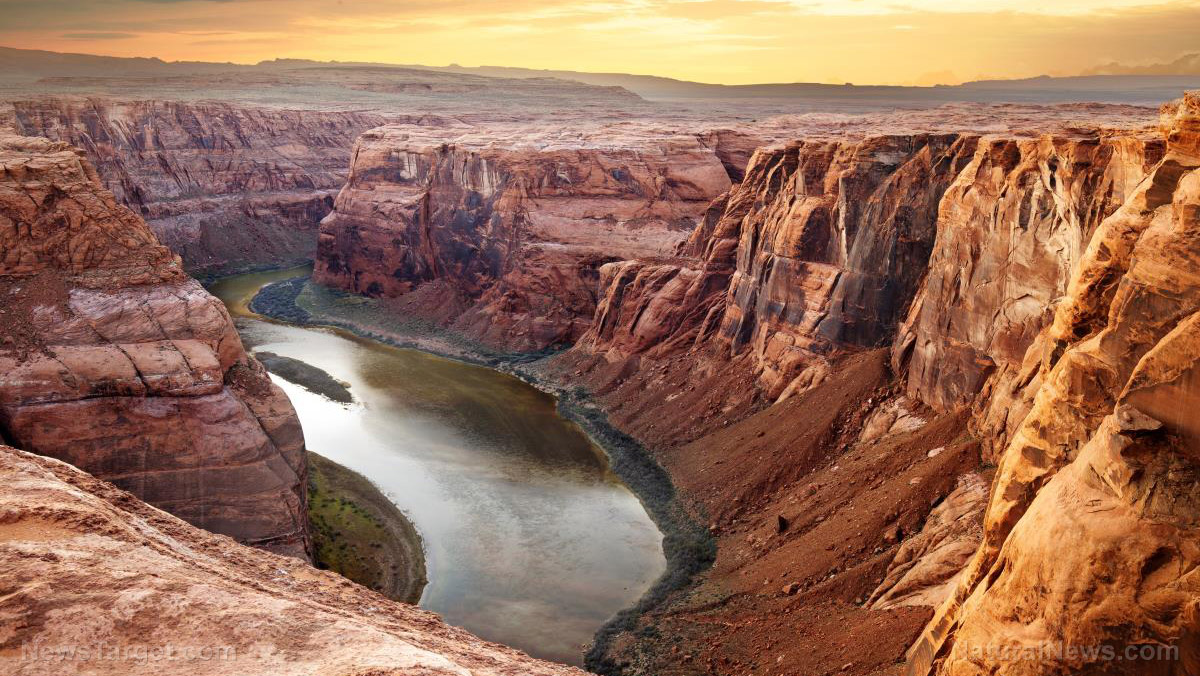 Parler
Parler Gab
Gab
If the Rhine becomes impassible, Germany's economy goes bye-bye
More than one ton of freight for each resident of the European Union (EU) is delivered via the Rhine every single year. This is a massive volume that illustrates just how important the Rhine is to all of Europe, covering $80 billion worth of Germany's economy. "This is particularly the case for the Rhine, whose nautical bottleneck at Kaub has very low water levels but which remains navigable for ships with small drafts," said Tim Alexandrin, a spokesman for Germany's transport ministry. Back in October 2018, the water level at Kaub reached a record low of 27cm. It is currently higher than that at 40cm, but could reach new lows in the coming weeks without rain to save the day. With each passing day, it becomes increasingly more difficult for larger vessels to pass through the worst spots on the Rhine. Navigators must carefully dodge sandbars and other obstructions while trying to maintain course through the deepest and safest spots. "The situation is quite dramatic, but not as dramatic yet as in 2018," said Christian Lorenz, a spokesman for the German logistics company HGK. Currently, ships bringing salt from Heilbronn to Cologne, which typically carry about 2,200 tons of cargo each, are only able to transport about 600 tons each. "Of course we hope that shipping won't be halted, but we saw in 2018 that when water levels got very low the gas stations suddenly had no more fuel because ships couldn't get through," he added. Normally, a ship moving through the Rhine would have about two full meters of clearance underneath it. Now, however, the worst spots only have 40cm, which is dangerously close to hitting the bottom. "And then for us, the challenge is to get past those points without touching, without damaging the ship," said Servian captain Peter Claereboets. "Because of the low water levels, the sailing route gets narrower, and we actually start travelling like trains, in a convoy," he added. There is already talk of having to modify shipping paradigms to accommodate a "new normal" for the Rhine. New ships will reportedly be built for much lower water levels, suggesting this is a prolonged event. As Western civilization falls apart in real time, you can keep up with the latest at Collapse.news. Sources for this article include: StrangeSounds.org NaturalNews.com News.Sky.com Bloomberg.comRussia appears ready to strike the US with nuclear weapons
By Arsenio Toledo // Share
Corporate media to peasants: ‘Be a climate hero, kill yourself’
By News Editors // Share
Governments continue to obscure COVID-19 vaccine data amid rising concerns over excess deaths
By patricklewis // Share
Tech giant Microsoft backs EXTINCTION with its support of carbon capture programs
By ramontomeydw // Share
Germany to resume arms exports to Israel despite repeated ceasefire violations
By isabelle // Share










